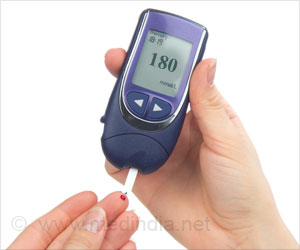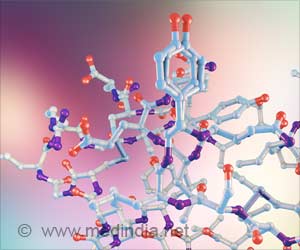The Centers for Disease Control and Prevention (CDC) estimate that 80 to 90% of patients with prediabetes are unaware of their diagnosis, according to An V. Nguyen, MD, a resident focusing on general endocrinology at Scripps Clinic/Scripps Green Hospital in La Jolla, Calif.
“This study demonstrates that the condition is often appropriately screened, but diagnosis and treatment were less consistent,” Nguyen said. “Healthcare providers seem to rely heavily on a Hemoglobin A1c (HbA1c) test, which measures average blood glucose over three months, to make the diagnosis.”
Prediabetes Diagnosis
Nguyen and colleagues conducted a retrospective chart review of patients who were seen in primary care clinics at Scripps Clinics’ five locations in southern California from January 1, 2018, through December 31, 2019.
Advertisement
First, the researchers identified all faults who qualified for a prediabetes diagnosis based on fasting blood glucose (FBG) or HbA1c levels. Those with a billable condition were included in the intervention group.
The others were part of the control group. They examined whether factors such as the patients’ age, BMI, gender, race and certain comorbidities are associated with correctly diagnosing.
There were 20,061 patients in the study, and 7,575 were correctly diagnosed with prediabetes. Only 37% of the patients were diagnosed with prediabetes or impaired fasting blood glucose. Of those, 93% qualified by HbA1c levels.
Other factors, such as being male, Black and having comorbidities requiring immunosuppressants, antineoplastics and iron replacements were negatively correlated with a correct prediabetes diagnosis.
“Overall, this research reveals inherent biases that health care providers might have when diagnosing prediabetes and serves as a call for reflection within the provider’s practice,” Nguyen said.
Source: Eurekalert



